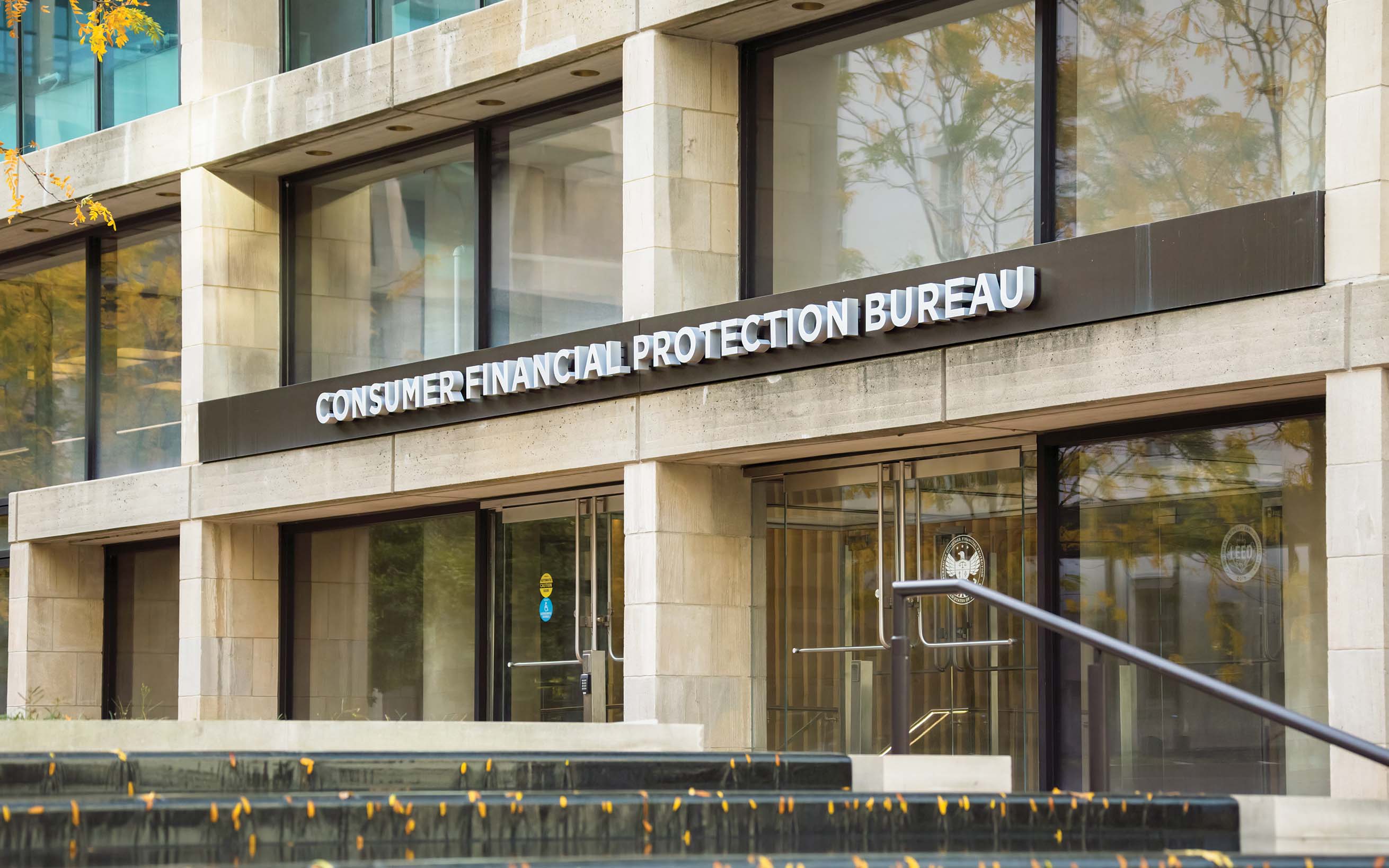We’re calling on Congress to hold hearings on credit unions’ misuse of their outdated tax exemption. With credit union acquisitions of banks rising, policymakers must re-evaluate and eliminate this exemption.
Aaron Stetter: Congress needs hearings on credit unions
June 01, 2021 / By Dan Farmer
We’re calling on Congress to hold hearings on credit unions’ misuse of their outdated tax exemption. With credit union acquisitions of banks rising, policymakers must re-evaluate and eliminate this exemption.
Congress bestows tax exemptions on certain industries to incentivize certain activities that ultimately serve the public good. When a tax exemption stops benefiting the public good, it should be re-evaluated and eliminated.
It’s a simple, common sense argument—and one that ICBA is making as it pushes back against the nearly 90-year-old tax exemption for the credit union industry.
For years, ICBA has sounded the alarm bell about credit unions exploiting their tax exemption to fund rapid growth and nontraditional product offerings, yet the trend continues. Credit unions have been buying up taxpaying banks at an alarming pace. Before 2012, credit union acquisitions of banks or bank assets were limited to two or three a year. They have steadily ramped up since then, with 13 acquisitions in 2018 and 21 in 2019.
These acquisitions are increasingly large. As recently as 2019, most of these deals involved community banks with about $200 million in assets. Now, $11 billion-asset VyStar Credit Union in Jacksonville, Fla., has announced plans to purchase a $1.6 billion-asset community bank in Jonesboro, Ga. If it goes through, it will be the largest bank ever bought by a credit union.
Meanwhile, credit unions are wading into uncharted waters, raising capital through the sale of debt securities to venture funds and other outside investors, and partnering with investment banks like Goldman Sachs to finance million-dollar residences as part as a $1 billion loan.
ICBA is calling for Congress to hold hearings on this trend and to request a U.S. Government Accountability Office study on the evolution of the credit union industry—whose tax subsidy costs the U.S. $2.5 billion a year in tax revenue—and National Credit Union Administration (NCUA) supervision.
Why hearings are needed now
These hearings is necessary because:
Credit union complaints are skyrocketing. Consumer complaints to the NCUA rose more than 1,500% in just five years, from 3,480 in 2013 to 53,337 in 2018. In addition, the 2020 American Consumer Satisfaction Survey saw credit unions fall to a historic low score of 77 out of 100, 10 points lower than their score in 2011 and the second year in a row they were rated lower than banks. The banking industry overall scored a 78 in 2020. Community banks and regional banks scored an 81.
Credit union member fees are rising. Credit unions are diverting their tax subsidies to acquisitions, growth and nontraditional products and services, and consumers are paying the price in the form of higher fees. A recent study found that credit union service fee income surged in recent years and now stands at 132% of its 2008 level. Compare this with bank service fee income, which has dropped to 84% of its 2008 level.
Credit union oversight is lacking, including fair lending regulation and exams. Banks are subject to the Community Reinvestment Act (CRA), which requires each bank to help meet the credit needs of all the communities it does business in, including low- and moderate-income neighborhoods. Credit unions are not subject to this rule. Also, between 2013 and 2018, the number of fair lending exams and supervisory contacts of credit unions decreased from 70 to 66. By contrast, every bank is examined for fair lending on a regular basis without exception on a 12-month or 18-month cycle, and every year the agencies conduct thousands of exams. Every time a credit union buys a bank, it reduces the portion of the financial services industry subject to CRA and fair lending oversight. This hurts regulatory agencies’ abilities to promote financial inclusion and fair lending and to reduce economic disparity.
Credit unions are growing larger. The current credit union regulatory regime was intended to oversee “a large number of small credit unions serving a limited field of membership with only a few basic financial products,” according to remarks made by NCUA chairman Todd Harper in 2019. Today, field of membership rules are practically nonexistent, limits against commercial lending have dramatically weakened and credit unions have grown in leaps and bounds. There are now more than 364 credit unions with assets of more than $1 billion, and 14 credit unions with assets of more than $10 billion, the largest of which has more than $131.6 billion in assets. Yet, they still face the same loose regulation as they did when they were small cooperatives focused on a specific customer segment.
How you can take action on credit unions
Credit union competition was a major focus of the ICBA Capital Summit in April, with community banks using ICBA talking points to make the case to members of Congress and their staff for holding hearings on credit union acquisitions of taxpaying community banks. ICBA sent letters to the Senate and House banking and financial services committees and tax-writing committees, but there’s more work to do.
Community bankers can reach out to their members of Congress with ICBA’s Be Heard grassroots action center (icba.org/beheard) as well as make phone calls or set up virtual or in-person visits. Credit unions are known for their ability to generate grassroots support. Community bankers need to do the same to build on our efforts.
Subscribe now
Sign up for the Independent Banker newsletter to receive twice-monthly emails about new issues and must-read content you might have missed.
Sponsored Content
Featured Webinars
Join ICBA Community
Interested in discussing this and other topics? Network with and learn from your peers with the app designed for community bankers.
Subscribe Today
Sign up for Independent Banker eNews to receive twice-monthly emails that alert you when a new issue drops and highlight must-read content you might have missed.
News Watch Today

Join the Conversation with ICBA Community
ICBA Community is an online platform led by community bankers to foster connections, collaborations, and discussions on industry news, best practices, and regulations, while promoting networking, mentorship, and member feedback to guide future initiatives.












